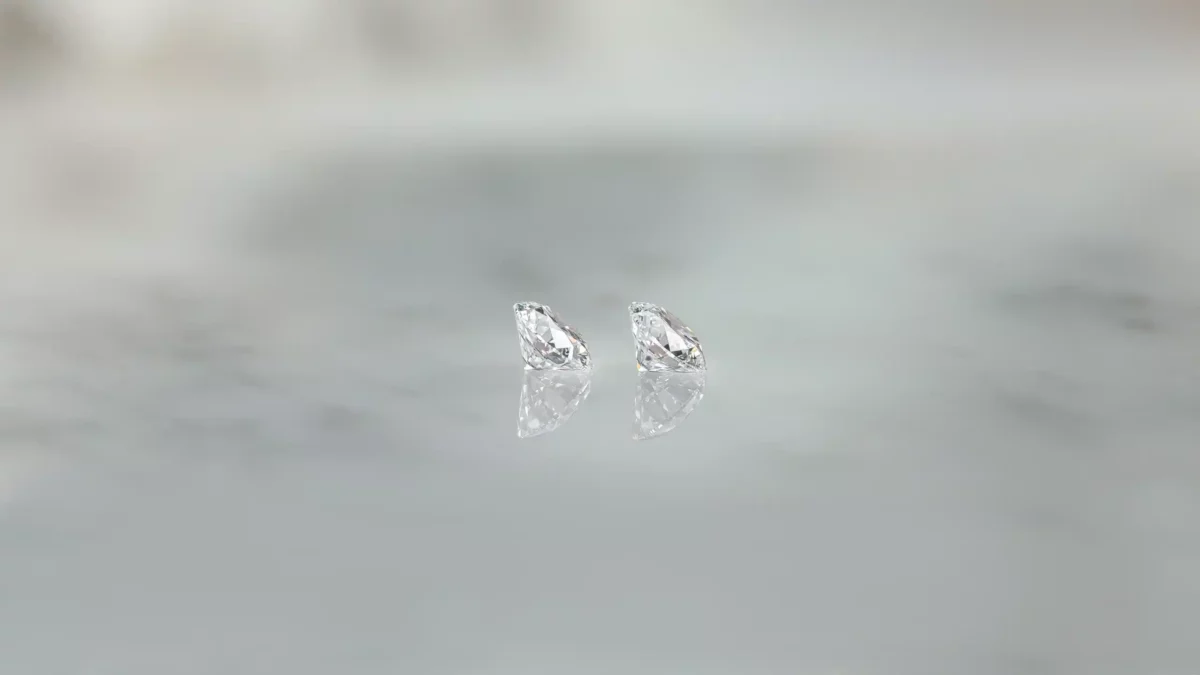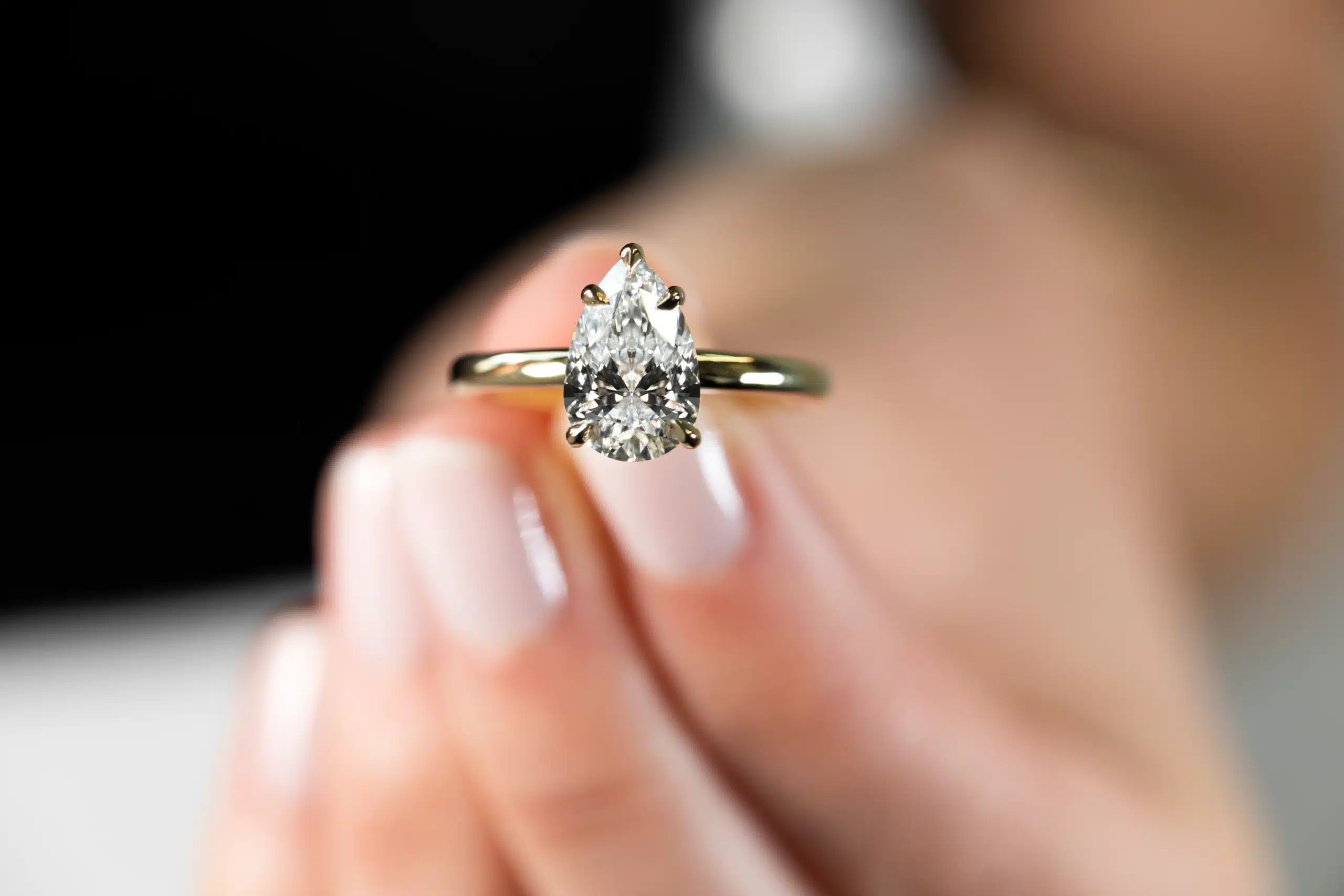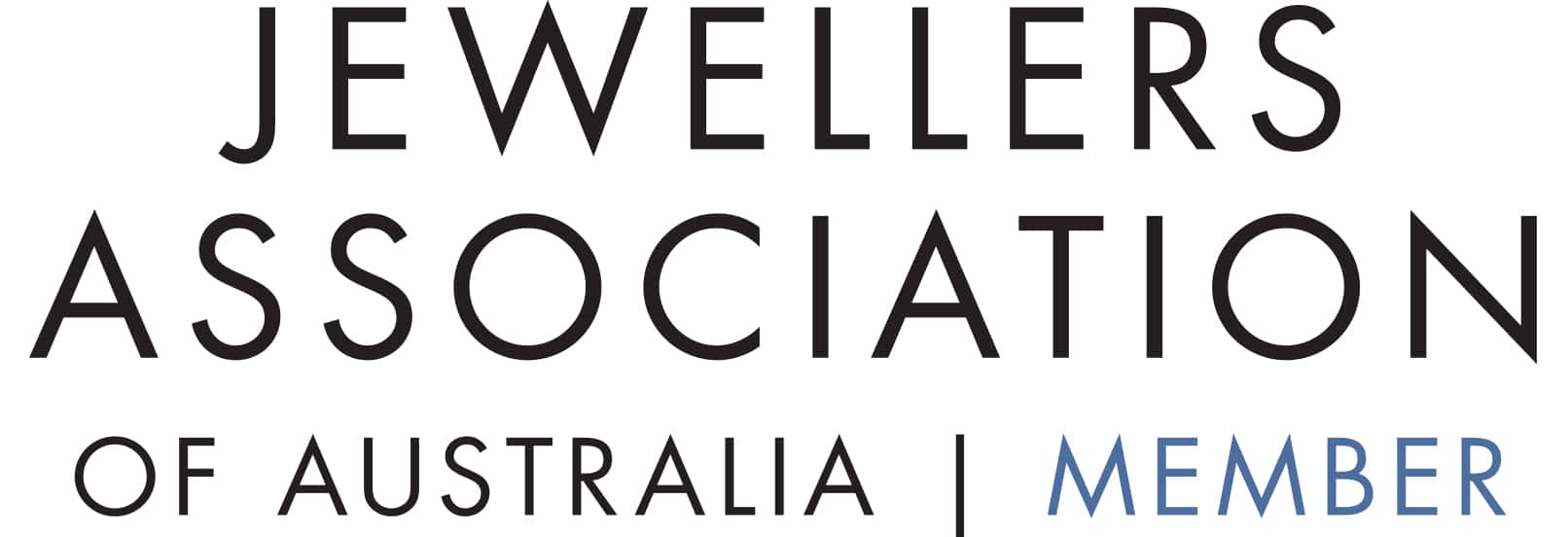

When it comes to choosing the high quality, good value diamond, knowledge is key. Below is a fool-proof guide to read a GIA or IGI diamond grading report.
Fluorescence, symmetry, polish, colourless, light colour, eye clean, flawless, inclusions…put them all together, and you have the key elements of diamond grading report. But what does it all really mean when it comes to finding the right diamond for the right price?
What is a Diamond Grading Report?
First things first – what exactly, is a diamond grading report? In the 1950’s Richard T. Liddicoat, President of the GIA (Gemological Institute of America), spear-headed the development of diamond grading standards and terminology, now known as the 4Cs. These standards went on to form the foundation of the first formal diamond grading classification – the GIA International Diamond Grading SystemTM, and in 1953, GIA issued the very first diamond grading reports for individual stones, assessing a stone across multiple criteria, including Cut, Colour, Clarity and Carat.
Who Issues Diamond Grading Reports?
Today, multiple industry bodies offer grading certificates for individual diamonds, but the GIA and the IGI (International Gemological Institute) remain the most trusted industry leaders.
Independent bodies, the GIA and IGI provide grading reports on individual stones for a standardised fee, based on the diamond’s weight. Reports can be issued in-print, though are increasingly being issued online.
Do all Diamonds have Grading Reports?
No, only those submitted to the GIA or IGI, or similar organisation, receive a grading report and certification. The lack of a grading report should be considered a red flag. Only certified diamonds have been measured and evaluated in independent, secure laboratories, with high specification equipment conducted by highly skilled jewellers.
At DiamondPort, we only carry quality diamonds possessing either GIA or IGI certification.
The Difference between IGI and GIA Certifications
GIA and IGI are considered two of the most trusted diamond graders. According to the RAPAPORT Grading the Graders Report, GIA and IGI respectively, were found to have the most stringent criteria controls, the highest grading standards, and standards were more consistent that other stone graders.
The key differences between these two bodies include:
How To Read A Diamond Grading Report
Diamond grading reports include an assessment of the 4Cs – Colour, Clarity, Cut and Carat. Both IGI and GIA reports also include a graphic that outlines clarity characteristics and proportions of the diamond.
Below are the key elements of a diamond grading report.
Report Number
All certified diamonds are given a unique report number that remains in the GIA or IGI database, and is akin to a serial number.
Shape and Cut Style
The shape of the diamond and the facet pattern (for example, Round Brilliant, or Square Modified Radiant).
Measurements
The dimensions of the stone. Round diamonds are recorded as “minimum diameter x maximum diameter”. Fancy-cuts are recorded as “length x width x depth”.
Carat
The weight of the stone is given in carats. One carat, or 1CT, is 200 milligrams. Carat weight is rounded to the nearest hundredth.
Colour Grade
Colour is graded on a scale of D (colourless), to Z (light brown or yellow). To determine colour grade, stones are measured against calibrated master stones. All other colours, including stones with very strong shades of yellow or brown, are considered Fancy Coloured Diamonds, and are graded on a different scale. In GIA reports, an asterix (*) in this section indicates a colour treatment has been detected.
Clarity Grade
Clarity is graded from a scale of Flawless to Included. This grading considers size, nature, number and position characteristics while under 10x magnification.
The Beauty of 100% Eye Clean Diamonds
Eye Clean diamonds are diamonds that have no blemishes or inclusions visible to the naked eye. This is something that can’t be determined from a grading certificate, it’s simply something you learn to spot yourself, or with the help of a trusted jeweller.
Remember! The only time a diamond is viewed at 10x magnification is when it is being graded and assessed. Imperfections that can only be seen under a jeweller’s loupe shouldn’t stop you from finding your perfect stone.
Cut Grade
Cut is evaluated against face-up appearance, faceting symmetry, design and skill. Cut is graded on a scale of Excellent to Poor. Cut also considers how the cut compliments the diamonds’ overall proportions and clarity.
Polish
Polish relates to the smoothness of the diamond’s surface, graded from Excellent to Poor.
Symmetry
This considers the precision of the placement and alignment of the diamond faceting pattern, assessed on a scale of Excellent to Poor.
Fluorescence
Fluorescence measured a diamonds’ strength and colour when viewed under a long-wave ultraviolent light. This is recorded in terms of intensity, from None to Very Strong.
Is Diamond Fluorescence Good or Bad? De-bunking negative connotations.
Generally speaking, fluorescence is used as an identifying characteristic, not a performance characteristic. In other words, it tells us about the diamond, not so much about how the diamond looks.
Doesn’t Fluorescence cause haziness?
No. Fluorescence does not make diamonds hazy. In a recent study, GIA observed that blue fluorescence had little to no impact on transparency except in extremely rare cases, where a diamond has a light-scattering defect, so Fluorescence has garnered a very unearned reputation. In the same study, GIA also noted that those stones wrongly misaligned for their Fluorescence can actually represent a very savvy purchase, as they are often priced lower than less Fluorescent diamonds for no reason other than this false assumption.
Inscriptions
Invisible to the naked eye, your grading report will note any inscription on the diamonds’ girdle – text, symbols, logos or unique number.
Proportional Diagrams
This image outlines the diamonds actual shape, size, and measurements.
Clarity Characteristics Diagrams
These diagrams indicate the shape and cutting style of the diamond. It also uses symbols to denote the nature, size and position of any blemishes or inclusions, with the most significant characteristics listed first.
Colour, Clarity and Cut Scales
Grading reports include the grading scales used to assess your diamond.
Security Elements
Your report will come with your grading bodies’ seal – a hologram, watermark or barcode, to assist document authentication and protect against document counterfeiting.
Find Your Perfect Diamond
Purchasing a diamond should be an exciting, pleasurable experience, but getting lost in the technical world of grading reports can make the process overwhelming. While it is easy to take grading reports at face value, it is important to remember you are not searching for the perfect diamond, but the perfect diamond for you.
Grading reports are invaluable to ensure a stone is of premium quality, but the best way to find the right diamond for your piece and your budget, is with the help of Diamondport’s experienced and knowledgeable consultants. We can help you find exactly what you are looking for. Book your private consultation today.
Explore Rings by Cut
Explore Rings by Style
Explore Rings by Type
Services & Community
About
Contact Us
Diamondport Jewellers supports diversity in all its forms.
We acknowledge the traditional owners of the land of which we work here at Diamondport Jewellers and pay our respects to the Turrbal people and their elders both past and present.
Address: Suite 402, Level 4,
180 Queen Street, Brisbane City, 4000




Diamondport Jewellers supports diversity in all its forms.
We acknowledge the traditional owners of the land of which we work here at Diamondport Jewellers and pay our respects to the Turrbal people and their elders both past and present.